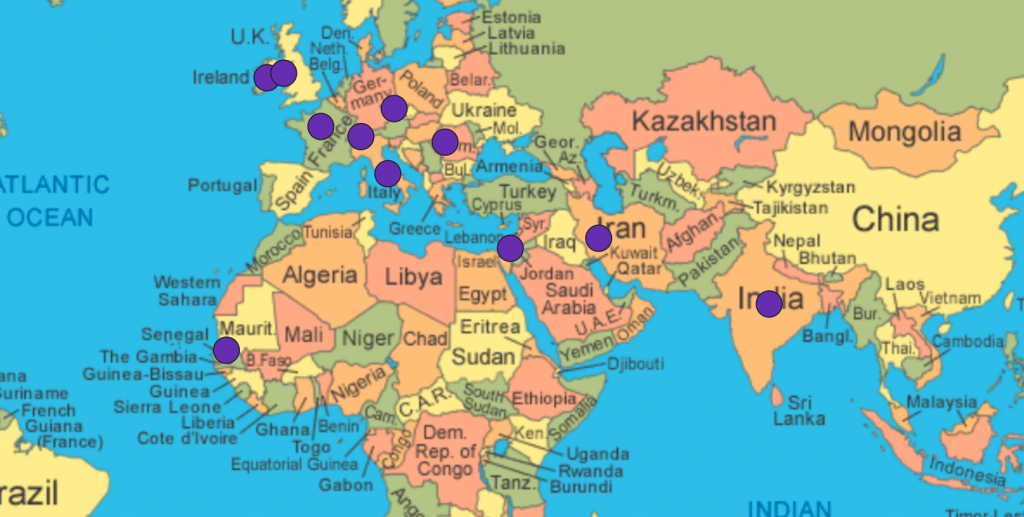Scrum reality vs. theory

Theory vs. Reality – The New Scrum Guide
– In this meetup we will review the new Scrum guide and its new topics.
– We will interact and come up with an impact matrix on the main relevant roles in a Scrum environment.
– For each event, based on the old and new theory, we will describe practical ways to run it as well as emphasizing the ways that we are “breaking the theory” yet operating in an efficient way empirically speaking.
The New Scrum Guide
Even Less Prescriptive
Over the years, the Scrum Guide started getting a bit more prescriptive. The 2020 version aimed to bring Scrum back to being a minimally sufficient framework by removing or softening prescriptive language. e.g. removed Daily Scrum questions, soften language around PBI attributes, soften language around retro items in Sprint Backlog, shortened Sprint cancellation section, and more.
One Team, Focused on One Product
The goal was to eliminate the concept of a separate team within a team that has led to “proxy” or “us and them” behavior between the PO and Dev Team. There is now just one Scrum Team focused on the same objective, with three different sets of accountabilities: PO, SM, and Developers.
Introduction of Product Goal
The 2020 Scrum Guide introduces the concept of a Product Goal to provide focus for the Scrum Team toward a larger valuable objective. Each Sprint should bring the product closer to the overall Product Goal.
A Home for Sprint Goal, Definition of Done, and Product Goal
Previous Scrum Guides described Sprint Goal and Definition of Done without really giving them an identity. They were not quite artifacts but were somewhat attached to artifacts. With the addition of Product Goal, the 2020 version provides more clarity around this. Each of the three artifacts now contain ‘commitments’ to them. For the Product Backlog it is the Product Goal, the Sprint Backlog has the Sprint Goal, and the Increment has the Definition of Done (now without the quotes) . They exist to bring transparency and focus toward the progress of each artifact.
Self-Managing over Self-Organizing
Previous Scrum Guides referred to Development Teams as self-organizing, choosing who and how to do work. With more of a focus on the Scrum Team, the 2020 version emphasizes a self-managing Scrum Team, choosing who, how, and what to work on.
Three Sprint Planning Topics
In addition to the Sprint Planning topics of “What” and “How”, the 2020 Scrum Guide places emphasis on a third topic, “Why”, referring to the Sprint Goal.
Overall Simplification of Language for a Wider Audience
The 2020 Scrum Guide has placed an emphasis on eliminating redundant and complex statements as well as removing any remaining inference to IT work (e.g. testing, system, design, requirement, etc). The Scrum Guide is now less than 13 pages.
The Miro Board
Thank you for being one of the 124 (!) registrations (from 11 different countries!)
that registered to our first session: Theory vs. Scrum in the new Scrum world
The Recorded Zoom Session
Text, Text, Text ….





